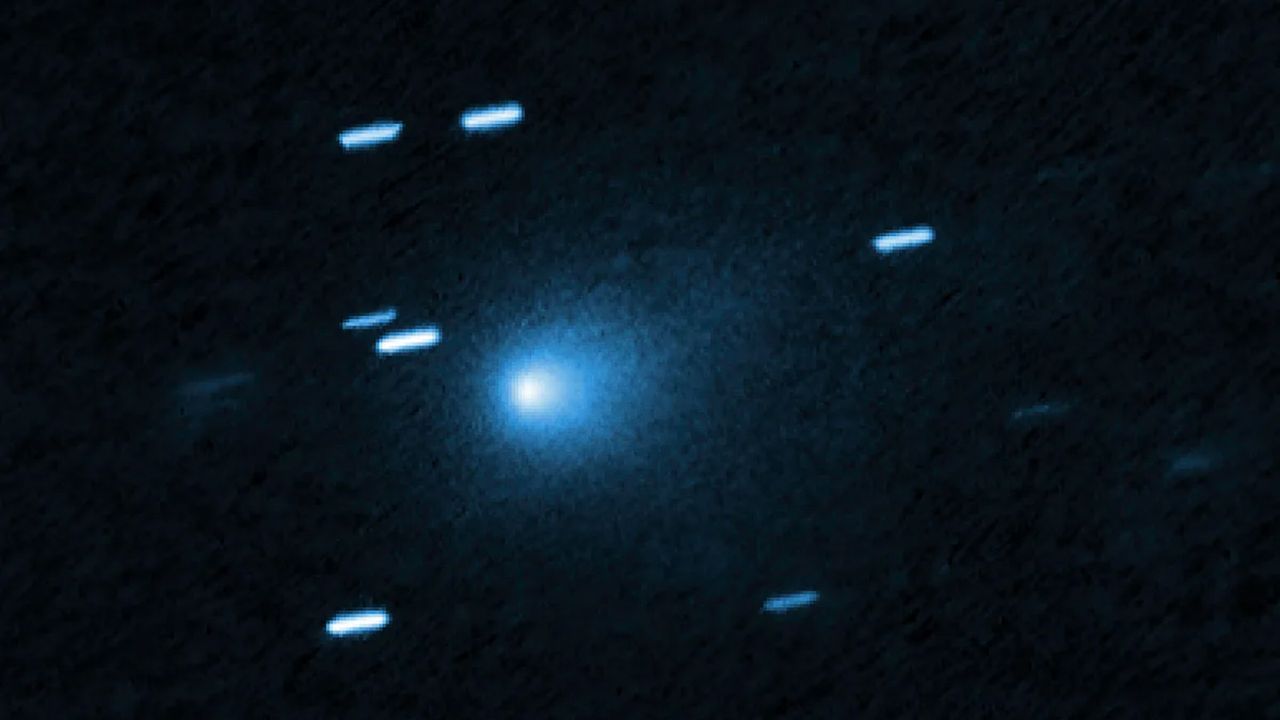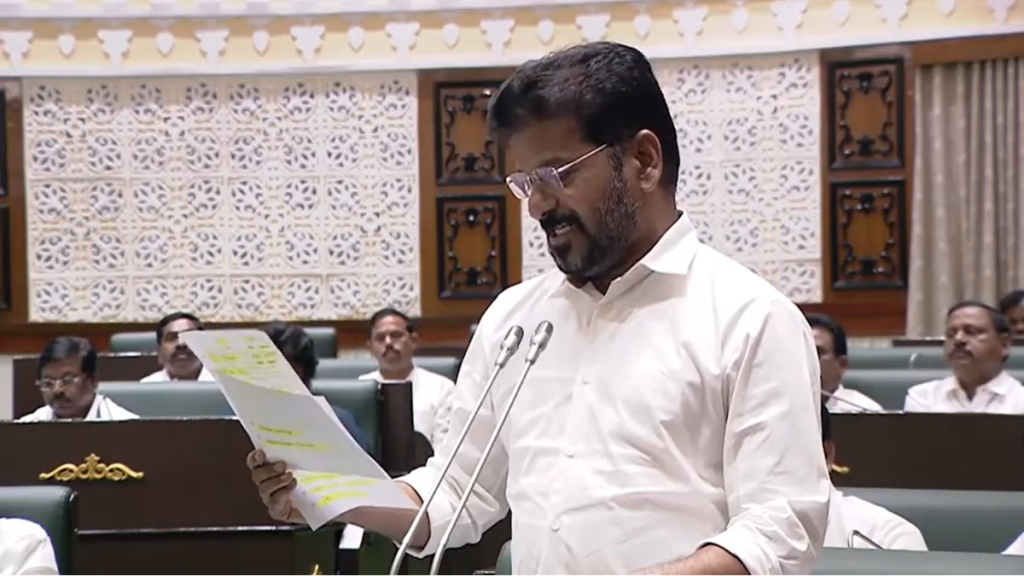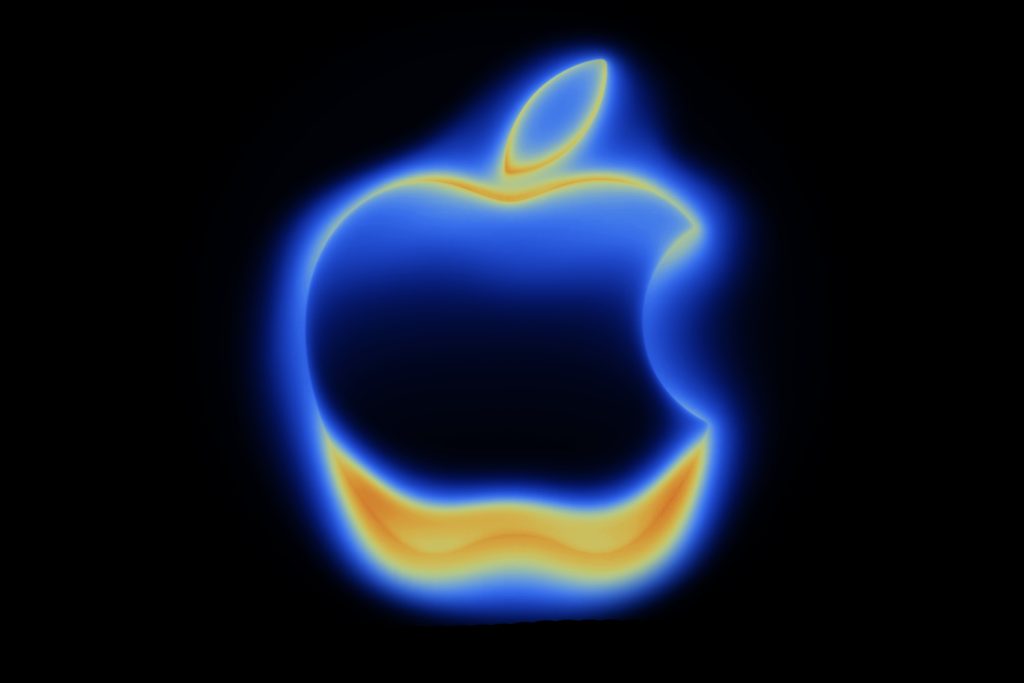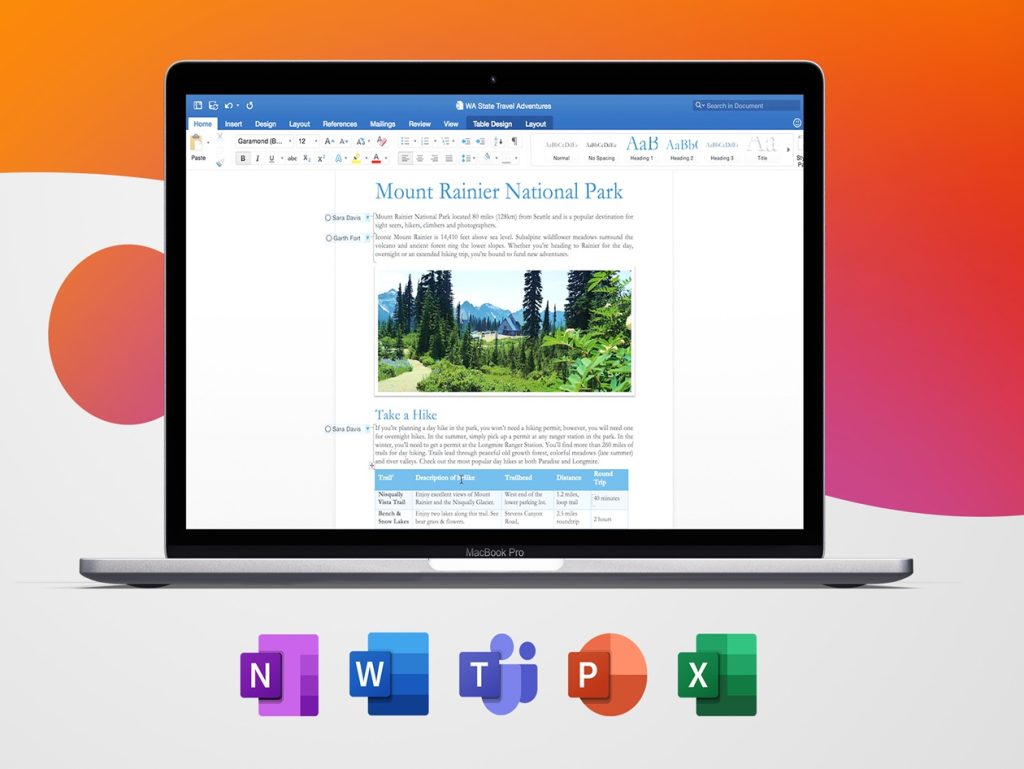Now Reading: NASA Telescope Detects Rare Interstellar Comet Ahead of Official Discovery
-
01
NASA Telescope Detects Rare Interstellar Comet Ahead of Official Discovery
NASA Telescope Detects Rare Interstellar Comet Ahead of Official Discovery

Quick Summary
- 3I/ATLAS, a newly discovered interstellar comet, was officially identified in early July but had been visible in telescope archives as early as May 2025.
- Researchers utilized data from NASA’s Transiting Exoplanet Survey satellite (TESS) to analyze the comet’s activity over two observational windows between May 7 and June 2, 2025.
- Using “shift-stacking” techniques, scientists were able to detect the faint interstellar object by aligning its predicted positions and enhancing its signal.
- During the observation period, the comet brightened significantly-its flux increased by a factor of 5. this brightness is attributed to outgassing hypervolatile substances like carbon dioxide and carbon monoxide.
- The unusual presence of hypervolatiles suggests that comets from other solar systems may have distinct compositions compared to those bound within our solar system.
- Attempts to measure the rotational period of the nucleus were unsuccessful due to interference from the halo-like coma surrounding it.
Indian Opinion Analysis
The finding of interstellar comet 3I/ATLAS highlights both advancements and challenges in modern astronomy. Observations using archival data underscore how existing technology can be repurposed creatively for unforeseen scientific inquiries. Techniques like “shift-stacking” demonstrate adaptability within research methodologies for analyzing faint or fast-moving celestial objects not originally intended for study.
For India, these discoveries serve as inspiration for bolstering domestic space exploration efforts with improved telescopic capabilities and data-sharing collaborations with global institutions. Space science coudl benefit immensely from prioritizing ways to sift through archived observations effectively-a skill increasingly vital in understanding extraterrestrial phenomena.
Additionally, this progress emphasizes India’s growing role in fostering expertise around compositional analysis of celestial bodies. Investing further into ISRO’s planetary programs-a focus already evident through its Chandrayaan missions-could place India at an excellent vantage point when investigating such unique interstellar visitors in future collaborative endeavors.

























